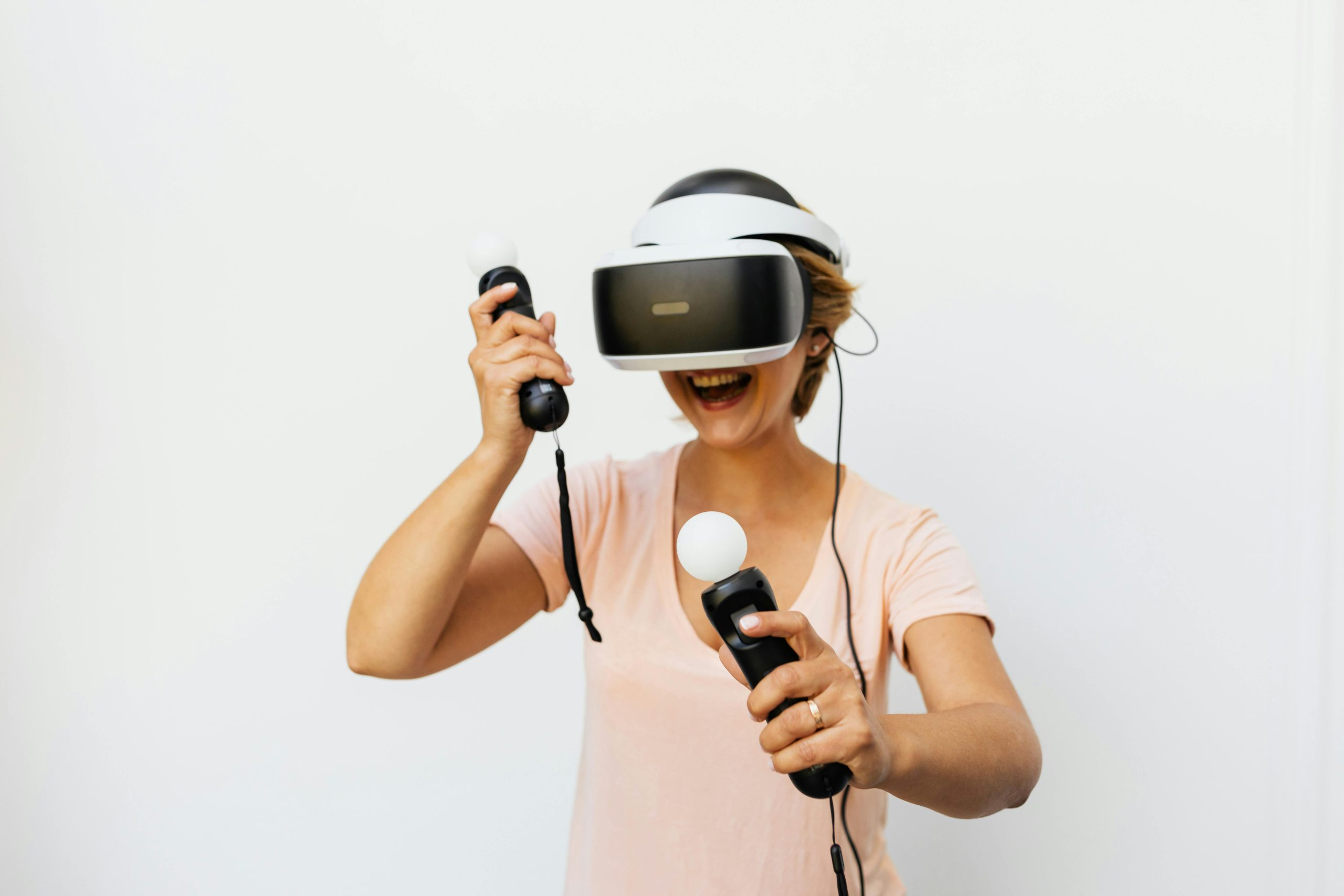Emerging Legal Challenges in Virtual and Augmented Reality
Virtual and Augmented Reality (VR/AR) technologies have been rapidly gaining popularity in recent years, with their potential to revolutionize industries across all sectors. From gaming and entertainment to education and healthcare, the applications for VR/AR are endless. As these technologies continue to evolve and become more mainstream, it is inevitable that they will also bring about various legal challenges. In this article, we will explore the emerging legal challenges in virtual and augmented reality, and how they may impact individuals, businesses, and society as a whole.
The Legal Landscape of VR/AR
Before delving into the specific challenges, it is important to understand the current legal landscape surrounding VR/AR technologies. As an emerging field, there is still a lack of clear regulations and laws governing VR/AR. This creates a certain level of uncertainty and ambiguity for both users and developers.
One of the key legal considerations for VR/AR is intellectual property (IP) rights. With the potential for immersive and interactive experiences, VR/AR can raise questions about copyright and trademark infringement. For example, if a developer creates a VR game that features characters from a popular movie, they could face legal action for using those characters without permission.
Another issue with IP rights is the ownership of virtual assets. In VR/AR, users can create and trade virtual objects, which may hold significant value. This raises questions about who owns these virtual assets and what legal protections are in place for their creators.
Privacy Concerns
Privacy concerns are another major legal issue in VR/AR. As these technologies become more advanced, they can collect and store sensitive data from users, such as their movements, interactions, and even emotions. This data can then be used for targeted advertising or shared with third parties without the user’s consent.
Furthermore, VR/AR devices often have built-in cameras and microphones, raising concerns about surveillance and the potential for unauthorized recording. This can be especially problematic in public spaces, where people may not be aware that they are being recorded.
Health and Safety
Health and safety concerns also come into play with VR/AR technologies. Virtual and augmented reality can create a highly immersive experience, which can be disorienting or even dangerous for some users. Motion sickness, dizziness, and eye strain are some of the common side effects of using VR/AR devices for an extended period of time. This has sparked calls for regulations to ensure the safety of users, particularly in areas such as gaming and training simulations.
There is also the risk of physical injuries when using VR/AR. As users become fully immersed in the virtual world, they may not be completely aware of their surroundings and can accidentally bump into objects or trip and fall. This raises questions about who is responsible for any injuries sustained while using VR/AR devices.
Ethical Considerations
In addition to legal challenges, there are also ethical considerations that need to be addressed when it comes to VR/AR. As these technologies become more sophisticated, they have the power to shape people’s thoughts and perceptions. This can have both positive and negative effects, from enhancing empathy and understanding to perpetuating harmful stereotypes and biases.
Moreover, VR/AR can also blur the boundaries between what is real and what is virtual, which can have serious consequences. For example, in a virtual reality game, actions that are deemed unacceptable in the real world may be considered acceptable or even rewarded. This raises questions about the impact of VR/AR on individuals’ moral codes and behaviors.
Conclusion
The rise of virtual and augmented reality brings with it a multitude of legal challenges that need to be addressed. From IP rights and privacy concerns to health and safety issues and ethical considerations, the legal landscape surrounding VR/AR is complex and constantly evolving. As these technologies continue to advance, it is crucial for policymakers, developers, and users to work together to ensure that they are used in a responsible and ethical manner.
Ultimately, the key to overcoming these legal challenges is through education and collaboration. By raising awareness and promoting open discussions, we can create a more transparent and equitable legal framework for VR/AR, allowing for the responsible and ethical use of these groundbreaking technologies.











